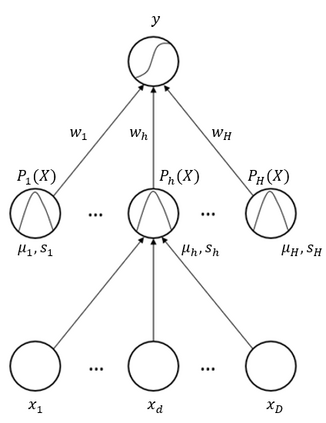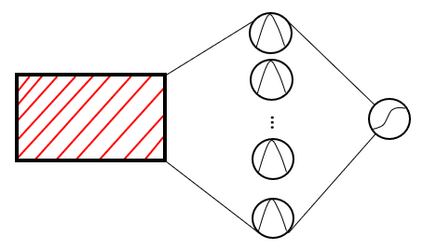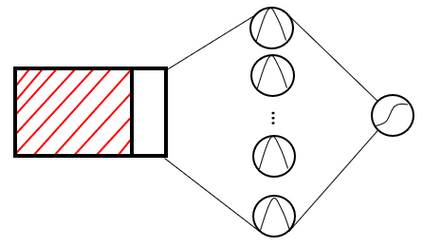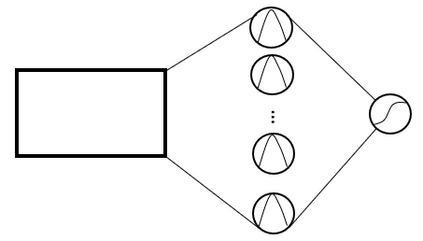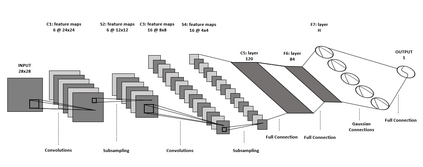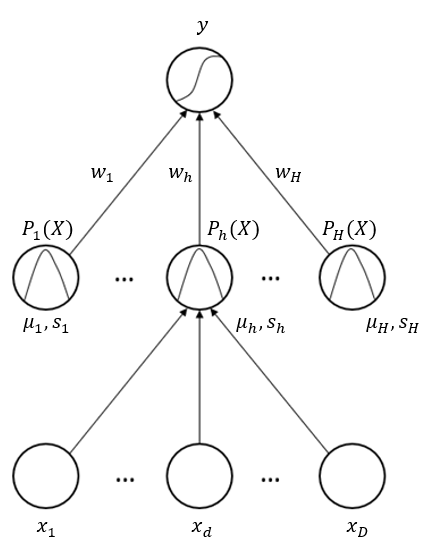Anomaly detection is a challenging problem in machine learning, and is even more so when dealing with instances that are captured in low-level, raw data representations without a well-behaved set of engineered features. The Radial Basis Function Data Descriptor (RBFDD) network is an effective solution for anomaly detection, however, it is a shallow model that does not deal effectively with raw data representations. This paper investigates approaches to modifying the RBFDD network to transform it into a deep one-class classifier suitable for anomaly detection problems with low-level raw data representations. We show that approaches based on transfer learning are not effective and our results suggest that this is because the latent representations learned by generic classification models are not suitable for anomaly detection. Instead we show that an approach that adds multiple convolutional layers before the RBF layer, to form a Deep Radial Basis Function Data Descriptor (D-RBFDD) network, is very effective. This is shown in a set of evaluation experiments using multiple anomaly detection scenarios created from publicly available image classification datasets, and a real-world anomaly detection dataset in which different types of arrhythmia are detected in electrocardiogram (ECG) data. Our experiments show that the D-RBFDD network out-performs state-of-the-art anomaly detection methods including the Deep Support Vector Data Descriptor (Deep SVDD), One-Class SVM, and Isolation Forest on the image datasets, and produces competitive results for the ECG dataset.
翻译:异常检测是机器学习中一个具有挑战性的问题,在处理低层次原始数据演示中采集的低层次原始数据演示中,没有一套妥善的工程特征,其发现就更具有挑战性。不过,辐射基础函数数据描述器(RBDFD)网络是异常检测的有效解决方案,但它是一个不有效地处理原始数据表述器的浅型模型。本文调查了修改RBDFD网络以将其转化为深层单级分类器的方法,以适应低层次原始数据演示中的异常检测问题。我们显示,基于传输学习的方法并不有效,我们的结果表明,这是因为通用分类模型所获取的潜伏表达式演示器不适合异常检测。相反,我们表明,在RBFF层之前添加多个演动层的方法非常有效,以形成深层次基础数据描述器(DRBDFDD)网络。这体现在一系列评价实验中,使用了从公开的图像分类图像描述数据集中生成的多重异常检测假设情景,以及真实世界的异常检测数据集,其中不同种类的EC ERC-DRD 数据测试,包括S-S-DRDS-S-decreal-DDRDDM数据测试中检测。

